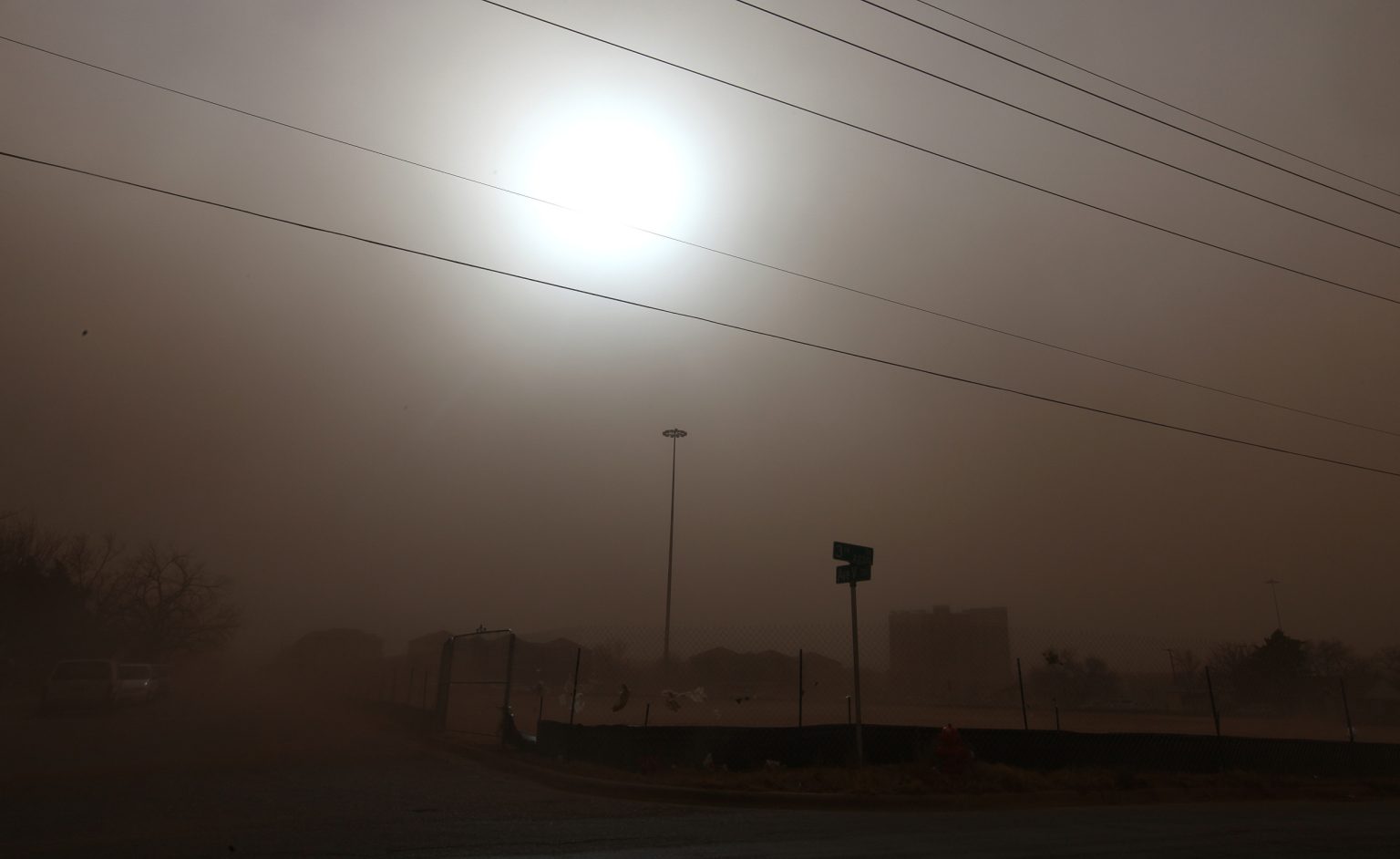The state of Texas is currently preparing for a Saharan dust outbreak as large plumes of dust from the African desert are making their way northward over the Atlantic. The Saharan Air Layer (SAL) is a mass of very dry, dusty air that forms over the Sahara during the summer, composed of sand and mineral particles covering 3.5 million square miles. This dust reduces visibility and negatively impacts air quality, creating poor conditions. The plume heading towards Texas is the largest of the 2024 hurricane season and is expected to suppress the development of storms from Africa to the Caribbean.
The National Weather Service explains that the Saharan Air Layer moves over the tropical North Atlantic every three to five days, stealing moisture from the air and carrying sand, dirt, and dust from the Sahara desert across the Earth’s atmosphere. This natural phenomenon tends to occur around late June and early July in the Atlantic and can travel thousands of miles from its origin in Africa. Saharan dust outbreaks occupy a 2 to 2.5-mile-thick layer of the atmosphere with the base starting about 1 mile above the surface. The warmth, dryness, and strong winds associated with the dust clouds have been shown to suppress tropical cyclone formation and intensification.
The presence of Saharan dust in the atmosphere can greatly enhance the colors of sunsets and sunrises, giving them more yellow and reddish hues as sunlight passes through the dust-filled air before reaching the human eye. The dust particles scatter sunlight in a unique way, creating a hazy white sky and making sunsets appear more vibrant. The best times to spot this effect are usually after sunrise and in the late afternoon when the dust is at its peak concentration, resulting in duskier colors in the sky. The dust can create magnificent and vivid sunsets that enhance the skyline, adding to the beauty of nature’s display.
As Texas braces for the Saharan dust outbreak, residents may experience reduced visibility, poor air quality, and the suppression of tropical cyclones in the region. The dust clouds have the potential to cover vast distances and greatly impact the atmosphere, leading to changes in the colors of sunsets and sunrises. Despite the challenges posed by the dust outbreak, the phenomenon also offers a unique opportunity to witness the beauty of nature as sunlight interacts with the particles in the atmosphere. By understanding the effects of Saharan dust on the environment and weather patterns, individuals can gain a deeper appreciation for the interconnectedness of the natural world. Newsweek is dedicated to exploring uncommon knowledge and finding connections that help us better understand the world around us.


